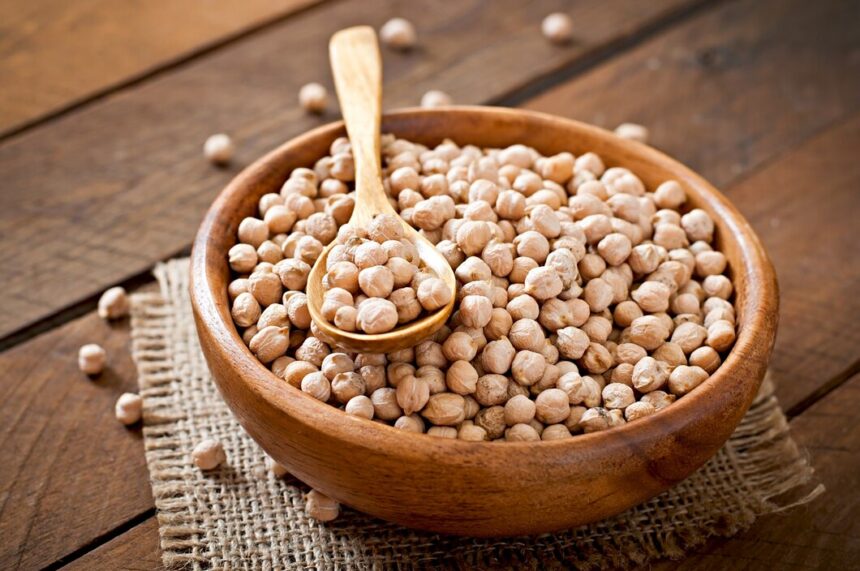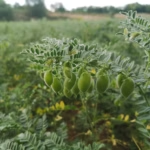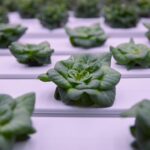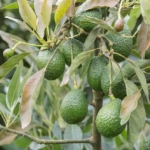Chickpeas, also known as garbanzo beans, are an essential crop in South Africa, valued for their nutritional benefits and versatility in culinary applications. However, achieving high-quality yields of chickpeas requires careful attention to various factors, including soil management, irrigation practices, pest and disease control, and crop rotation. In this article, we’ll explore some techniques for enhancing the quality and yield of chickpeas in South Africa.
1. Soil Preparation and Management
Optimal soil conditions are crucial for the successful cultivation of chickpeas. Conduct soil tests to assess nutrient levels and pH, and amend the soil as needed to provide essential nutrients such as nitrogen, phosphorus, and potassium. Chickpeas thrive in well-drained, sandy loam soils with a pH range of 6.0 to 7.0. Proper soil preparation, including plowing, leveling, and weed control, is essential for creating an ideal environment for chickpea growth.
2. Irrigation Practices
Chickpeas require adequate moisture throughout their growth cycle, particularly during flowering and pod development stages. Implementing efficient irrigation practices, such as drip or furrow irrigation, can ensure consistent soil moisture levels without waterlogging. Monitor soil moisture regularly and adjust irrigation schedules based on weather conditions and crop needs to avoid under or overwatering, which can negatively impact yield and quality.
3. Crop Rotation
Implementing crop rotation practices can help reduce the risk of soilborne diseases and pests, improve soil health, and enhance chickpea yield and quality. Rotate chickpeas with non-leguminous crops such as cereals or brassicas to break pest and disease cycles and replenish soil nutrients. Avoid planting chickpeas in fields where legumes have been grown in the previous season to minimize the risk of diseases such as fusarium wilt and root rot.
4. Varietal Selection
Choose chickpea varieties that are well-adapted to South Africa’s climate and soil conditions and have traits such as disease resistance, high yield potential, and good culinary quality. Consult with local agricultural experts or seed suppliers to select suitable varieties based on factors such as growing region, rainfall patterns, and market demand. Popular chickpea varieties grown in South Africa include ICCV 97105, Striker, and Genesis 90.
5. Integrated Pest and Disease Management
Effective pest and disease management practices are essential for protecting chickpea crops and maximizing yield and quality. Monitor fields regularly for signs of pest infestation and disease incidence, and implement integrated pest management (IPM) strategies to control pests and diseases. This may include cultural practices such as crop rotation, planting disease-resistant varieties, and using biological control agents or environmentally friendly pesticides when necessary.
6. Harvesting and Post-Harvest Handling
Harvest chickpeas when pods are fully mature and dry to optimize yield and quality. Use appropriate harvesting equipment to minimize damage to the crop and ensure efficient harvesting. After harvesting, handle chickpeas carefully to prevent mechanical damage and contamination. Store chickpeas in clean, dry conditions with adequate ventilation to maintain quality and prevent spoilage due to moisture and pests.
7. Market Research and Value-Added Opportunities
Conduct market research to identify potential buyers and market demand for chickpeas in South Africa and explore value-added opportunities such as processing chickpeas into flour, snacks, or ready-to-eat meals. Diversifying product offerings and exploring niche markets can help enhance profitability and create additional revenue streams for chickpea producers.
Enhancing the quality and yield of chickpeas in South Africa requires a combination of sound agronomic practices, effective pest and disease management, and attention to market dynamics. By implementing techniques such as soil preparation and management, efficient irrigation practices, crop rotation, varietal selection, integrated pest and disease management, and value-added opportunities, farmers can optimize chickpea production and meet the growing demand for this nutritious and versatile crop. Through continuous innovation and adaptation, South Africa can further strengthen its chickpea industry and contribute to food security and economic development in the region.









